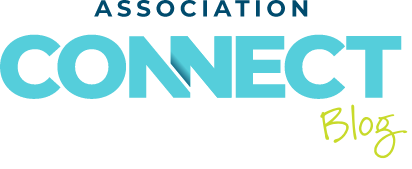Net Neutrality Explained
Conversations around net neutrality have cropped up periodically since the proliferation of the internet. Lately, these conversations have once again wiggled themselves back into focus, sparking debate on the implications of amendments to current law.
For some, net neutrality brings about confusion, as it’s not always made clear exactly what the term means. To use an analogy, let’s replace the word “net” with the word “electricity”— electricity neutrality. Your home power provider sells you electrical service at a monthly cost. As long as you continue to pay that bill, you are free to do whatever you would like with the power provided. The power company is not allowed to dictate how you use your power, what you use it for and the rate at which you consume that power—the power company is neutral to your usage. So, there are typically two options available to you—have a home with electricity or have one without.
Now, re-insert “net” in place of “electricity” and you have the basic concept of net neutrality. As it stands right now, internet service providers (ISPs) are like the power companies in that they are not allowed to dictate what websites you access, from what device you use the internet or the amount you use the service. On top of that, no ISP can alter any website’s accessibility, based on your connection. And just like your electric bill, if you pay your internet bill, you are free to use your internet service as you wish to use it.
Enter the current discussion surrounding net neutrality. If there were legislation eliminating the requirement for ISPs to be net neutral, companies could agree with ISPs to have their web content accessible at a certain speed, depending on the level of subscription. To clarify, the ISPs would be able to offer different tiers of internet connectivity, with certain websites available at varying speeds, depending on the subscription. Theoretically, lower-level subscribers would not receive optimal access to certain websites at optimal speeds, and higher-level subscribers would be able to access more at high speeds.
But it’s not just individual subscribers that would be affected. ISPs could also throttle access to companies that do not pay for higher performance. For instance, an association website would potentially be slower than an enterprise-level site that pays an ISP for higher connectivity and performance. Companies would be faced with the option of having to pay for users to access content at high speeds or the option of keeping users at a level of accessibility with inferior performance.
Companies such as Google and Facebook oppose any legislation eliminating net neutrality, while AT&T, Comcast and IBM have been detractors. As these large corporations have been and will continue to be on the frontlines of the debate, it’s important for all of us to be aware of potential legislative adjustments, regardless of the side they would favor. As the consumers of internet service and customers of the ISPs, it’s site owners, content providers and individuals who will feel the effects.
Have an idea for an article? Let us know!
Receive the Association Connect newsletter
A proud company of The YGS Group | HQ: 3650 W. Market St., York, PA 17404
- Privacy
- YGS Association Solutions © 2025

